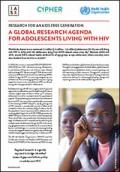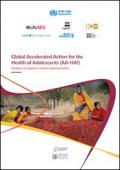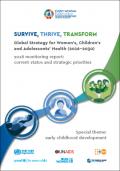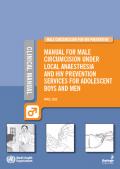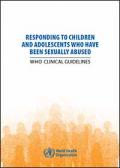Publications on Adolescents
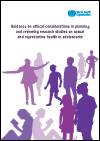
This document is intended to address commonly occurring situations and challenges that one faces in carrying out research with adolescents (people aged 10–19 years), the majority of whom are deemed not to have reached the recognized age of majority in their respective settings. To this end, adolescents aged 18 and 19 years are classified as adults in many settings and have the legal capacity to make autonomous decisions regarding their participation in research.
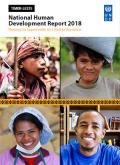
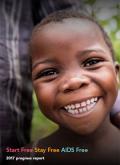
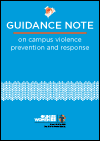
The note is intended to support universities and university administrators, UN staff working with universities in this area, civil society partners, students and other relevant stakeholders—particularly in middle- and low-income countries where there are few resources for addressing violence against women. Universities should adopt targeted measures to address the needs of specific groups, including those most vulnerable and at risk
